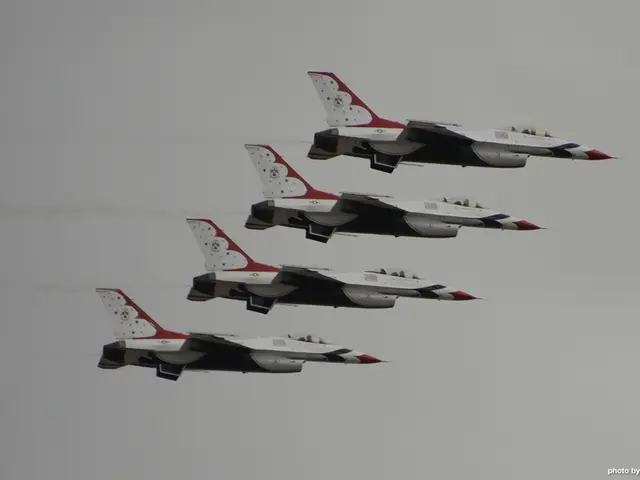U.S. Skies May Once Again Witness Supersonic Flight
In the mid-20th century, the Concorde, a joint project between France and Britain, revolutionised air travel by flying up to 128 passengers from Paris to New York in just under three and a half hours. However, supersonic air travel turned out to be a luxury that only a few could afford, and various key issues plagued this technology.
Sonic booms, high operating costs, limited economic viability, safety concerns, and regulatory restrictions were the main obstacles that the Concorde and other supersonic transport (SST) planes faced. The thunderclap noise generated by supersonic flight caused severe disturbance over land, leading to noise pollution and structural risks such as window damage. This, coupled with the fact that the Concorde was only allowed to fly supersonically over oceans, reduced its operational efficiency and appeal.
Economically, SSTs like the Concorde were costly to develop, operate, and maintain. The Concorde's program suffered from immense cost overruns, resulting in high ticket prices that limited passenger demand. Additionally, SSTs carried fewer passengers compared to emerging subsonic jets, making them less economically attractive to airlines.
Due to sonic boom concerns, the FAA in 1973 banned civilian supersonic flight over the United States without prior authorization. This legislation, coupled with lack of government funding after initial enthusiasm waned, severely restricted SST operation modes and routes.
The Concorde crash in 2000 traced back to debris on the runway causing a tire burst and subsequent fuel tank rupture highlighted the aircraft’s vulnerabilities. Though some improvements were implemented afterward, this incident damaged public confidence and further hindered SST development.
Now, new-generation US supersonic aircraft are addressing these issues. Reduction or mitigation of sonic booms is being achieved through advanced aerodynamics, aiming for "low-boom" or "quiet supersonic" flights that could potentially be allowed overland. Modern materials, engines, and manufacturing techniques are making SSTs more cost-effective and fuel-efficient, reducing operational costs and allowing for more competitive ticket pricing and larger passenger capacities relative to earlier SSTs.
Efforts are underway to work with regulators such as the FAA to revise supersonic flight rules, leveraging quieter designs to gain permission for overland supersonic operations—a game changer for route flexibility and commercial viability. New aircraft incorporate lessons from past accidents, using reinforced structures, safer fuel systems, and improved tire technology to prevent similar failures and increase overall safety.
President Trump signed an Executive Order titled "Leading the World in Supersonic Flight" on June 6th, directing the FAA to repeal 14 CFR 91.817 within 180 days and develop a noise-based certification standard. In recent years, there have been promising developments in creating "low boom" supersonic aircraft, signalling a new era for supersonic passenger travel in the United States, potentially overcoming the obstacles that limited earlier SSTs like the Concorde.
- The new-generation US supersonic aircraft are addressing the past issues that the Concorde and other supersonic transport planes faced, such as sonic booms, high operating costs, and safety concerns, by using advanced aerodynamics to achieve "low-boom" or "quiet supersonic" flights.
- In an attempt to overcome the obstacles that limited supersonic passenger travel in the past, efforts are underway to work with regulatory bodies like the FAA to revise supersonic flight rules, with the goal of gaining permission for overland supersonic operations, which would significantly improve route flexibility and commercial viability.








